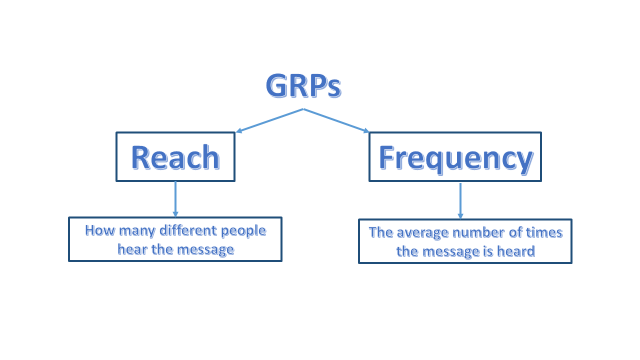
Hot Topics
How Important Is Reach and Frequency? Just Ask Pandora
July 16, 2015
There are numerous elements to radio sales. Much of it comes down to the quality of the schedule. What is a quality schedule? The first element is delivery and pricing. That means GRPs and CPP – how many rating points you are going to deliver and at what cost. However, a thorough schedule evaluation does not stop there. For advertising to work, a proper balance of reach and frequency must be achieved.
Without this deeper focus, an ad message may not be heard enough times by the average listener to be effective (high reach but low frequency). Conversely, a message heard many times by a few people may not impact enough potential customers (high frequency but low reach). This second scenario has another downside. If a message is heard too many times, it can be considered annoying and potentially turn consumers away from the product or service.
So, why is this basic reach and frequency lesson relevant for this blog?
Audio entertainment outlet Pandora positions itself as radio. We don’t agree with this characterization. Pandora lacks many of the elements that make radio an effective advertising outlet. This includes, but is not limited to, the local news, information, and companionship that have made radio so successful.
With that said, Pandora is positioning their inventory on a GRP and CPP basis. Therefore an advertiser could compare a radio schedule to a Pandora schedule.
What Pandora cannot – or will not – do is provide an advertiser with reach and frequency estimates. Taken a step further, they could provide actual figures straight from their servers. Pandora, from an advertising perspective, lives in the digital world. It deals in impressions. While these impressions are a combination of audio spots and visual banners, they do not tell an advertiser how many people heard or saw the message.
Radio can – and does – provide this kind of metric. This is very important when evaluating an ad campaign. Just because Pandora has 100,000 registered users in a given area does not mean you are reaching them all. Further, an advertiser has no idea what percentage they are reaching.
This is not to say that Pandora is ineffective. Many advertisers use the platform in addition to other outlets – like radio – much like they buy Facebook ads or YouTube pre-rolls.
To date, Pandora has not detailed reach and frequency delivery on their schedules. This is like buying a car and not knowing what type you are getting. If Pandora calls itself radio, why won’t it provide the same information available from actual radio?
The easy answer is they can’t, because they don’t have that data. This is extremely hard to believe, since Pandora is serving their commercials one at a time, and they know who they are serving them to. They should be able to provide this information precisely.
Therefore, the only conclusion I can come up with is: they don’t want to share this data because it reduces the value of their advertising inventory. While Pandora has a large number of people registered, only a small portion are heavy users.
If that’s the case, only a small number of registered users are being served specific ads. Anecdotally, Pandora users have commented that they will hear the same ad numerous times during a single session.
Simply put, Pandora will tell their advertisers how many times their message was served, but not outline how many different people heard the ad and how often the average individual heard the message.
What are they hiding?
-Charlie Sislen, Partner

Comments